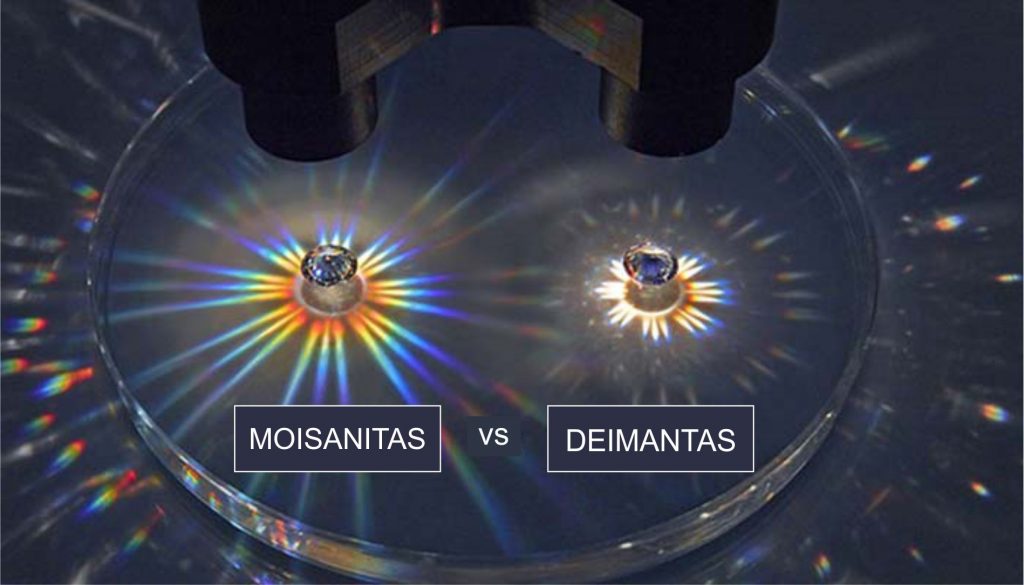The alternative to diamond these days is the king on the MOSO hardness scale - MOISANITE.
Moissanite is an incredibly rare and naturally occurring stone, one of the hardest gems after diamond. Because of its rarity, it is now made in laboratories rather than mined.
Moissanite is often used as an alternative to diamond in jewellery making, and many people cannot tell the difference between the two gemstones.
The chemical properties of diamond and moissonite are very similar: on the Mohs scale, moissonite has a clarity and hardness of 9-9.5, while diamond is 10. It has a higher refractive index than diamond, so in some cases it even sparkles more than diamond.
Where does moissanite come from?
Moissanite was first discovered in a meteor crater in Arizona in 1893, when chemist Henri Moissan
unearth a rare mineral. Because it is naturally so rare, most moissanite stones are now
man-made, manufactured in laboratories and perfected to be identical to natural stone
form.
What is moissanite made of?
Natural moissanite stone is made of silicon carbide. In the 1990s, scientists
has developed a new thermal growth process that creates silicon carbide in the same way as it would naturally occur. This
a new process has speeded up the production time of moissanite stone. It would take hundreds of years for this to happen naturally
and in small quantities. Silicon carbide crystals grown in laboratories, which is much faster.
When comparing the properties of moissanite with other gemstones such as diamond, sapphire and ruby, they are
similar in hardness, fire and brilliance. However, the main thing that makes moissanite stone stand out from
others, is its position in the Brilliance Refractive Index, at around 2.65-2.69.
Chemical formula:
SiC Moh's hardness: 9.25
Density: 3.2 - 3.22
Refractive index: 2,65-2,69
Variance: 0.104
Gloss: from Adamantine to metal
Silicon carbide A covalent solid composed of carbon and silicon. It is very hard, its
a value between 9.0 and 10 on the Mohs scale
The highly refractive nature of moissanite makes the stone surpass diamonds in brilliance and fire. It therefore
produce flashes of rainbow light when exposed to direct sunlight. Often, this results in users
polarising, many prefer the imperfect nature of diamond, but there is no doubt that moissanite is an excellent
an alternative to diamonds for its brilliance and durability.


